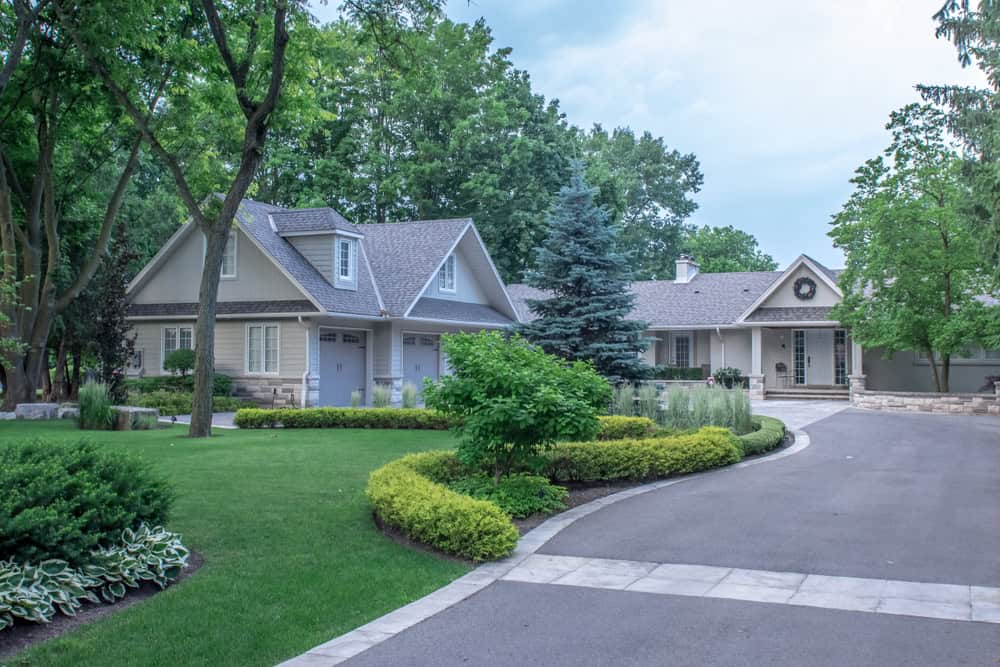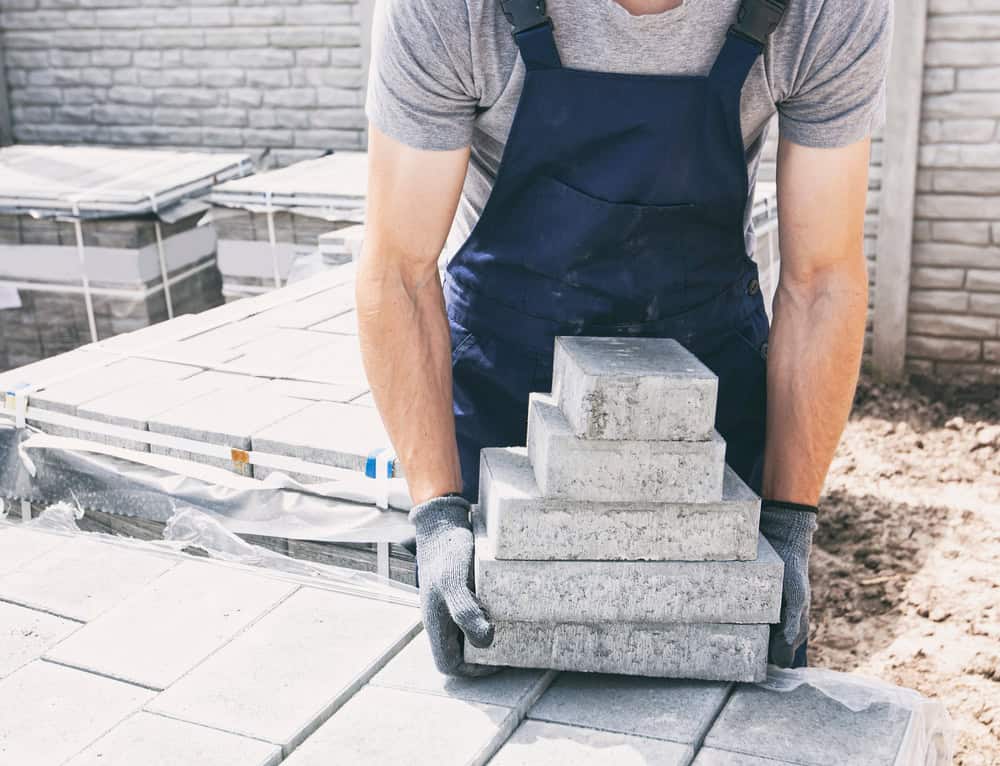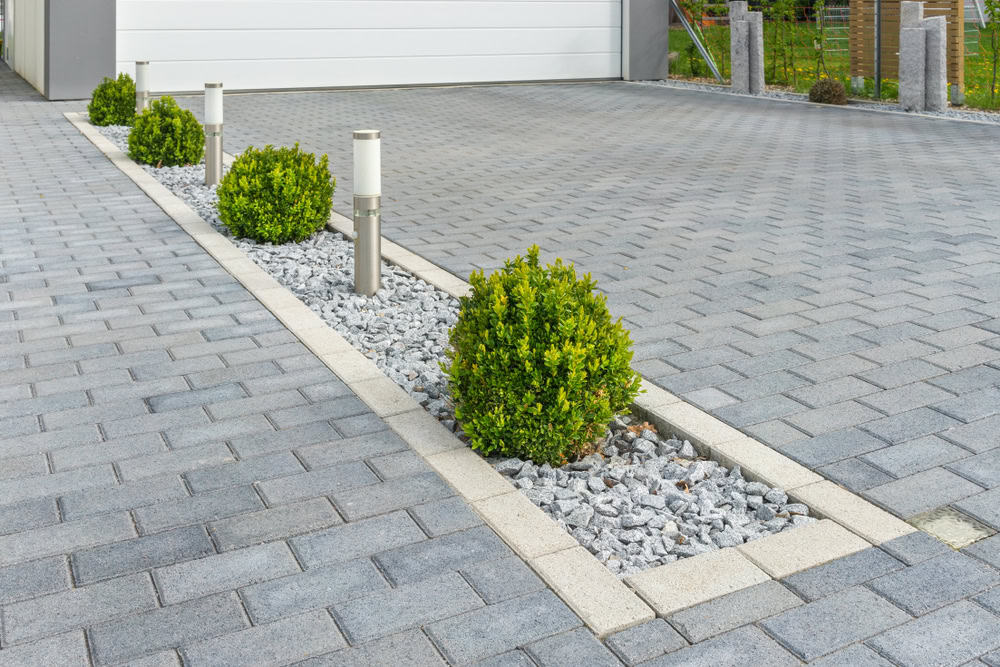Professional paver installation with proper base prep and drainage systems that handle New England weather.


You get a patio or driveway that looks great now and stays that way. No settling. No shifting. No water pooling where it shouldn’t.
Most paver jobs fail because of what you can’t see – the base preparation. We dig down properly, install the right materials in the right order, and compact everything to specifications. That means your pavers stay level and your investment stays protected.
The result is an outdoor space you can count on. One that handles foot traffic, car traffic, and whatever New England weather throws at it. Your neighbors will notice the difference, and so will your property value.
We’ve been handling paver installations throughout Reading and the surrounding area for years. We understand local soil conditions, drainage patterns, and what it takes to build something that lasts here.
You’re not getting a crew that learned paving last month. Our team knows the difference between a quick job and a quality job. We use professional-grade equipment, follow proper installation standards, and stand behind our work with real warranties.
Most importantly, we show up when we say we will and finish when we say we will. No disappearing acts, no excuses.

First, we excavate to the proper depth – usually 8-10 inches depending on your soil and intended use. Most contractors cut corners here. We don’t.
Next comes the base material. We install and compact crushed stone in lifts, not all at once. Each layer gets compacted with proper equipment before the next goes down. This creates the stable foundation your pavers need.
Then we install edge restraints, screed the sand bed level, and place your pavers according to the design. Every paver gets checked for level and alignment. Finally, we sweep polymeric sand into the joints and compact everything one final time.
The whole process typically takes 3-5 days depending on size and complexity. You’ll know exactly what to expect before we start.

Ready to get started?
Every paver installation includes proper excavation, engineered base preparation, and professional-grade materials. We handle permits if needed, protect your existing landscaping, and clean up completely when finished.
You also get options. Different paver styles, colors, and patterns to match your home and your preferences. We’ll walk through what works best for your space and your budget without pushing you toward the most expensive option.
Reading properties often have specific drainage considerations due to our soil conditions and lot layouts. We factor this into every installation, adding proper slope and sometimes additional drainage features to keep water moving where it should go. Your foundation and basement stay dry, and your pavers stay stable.

Local Resources